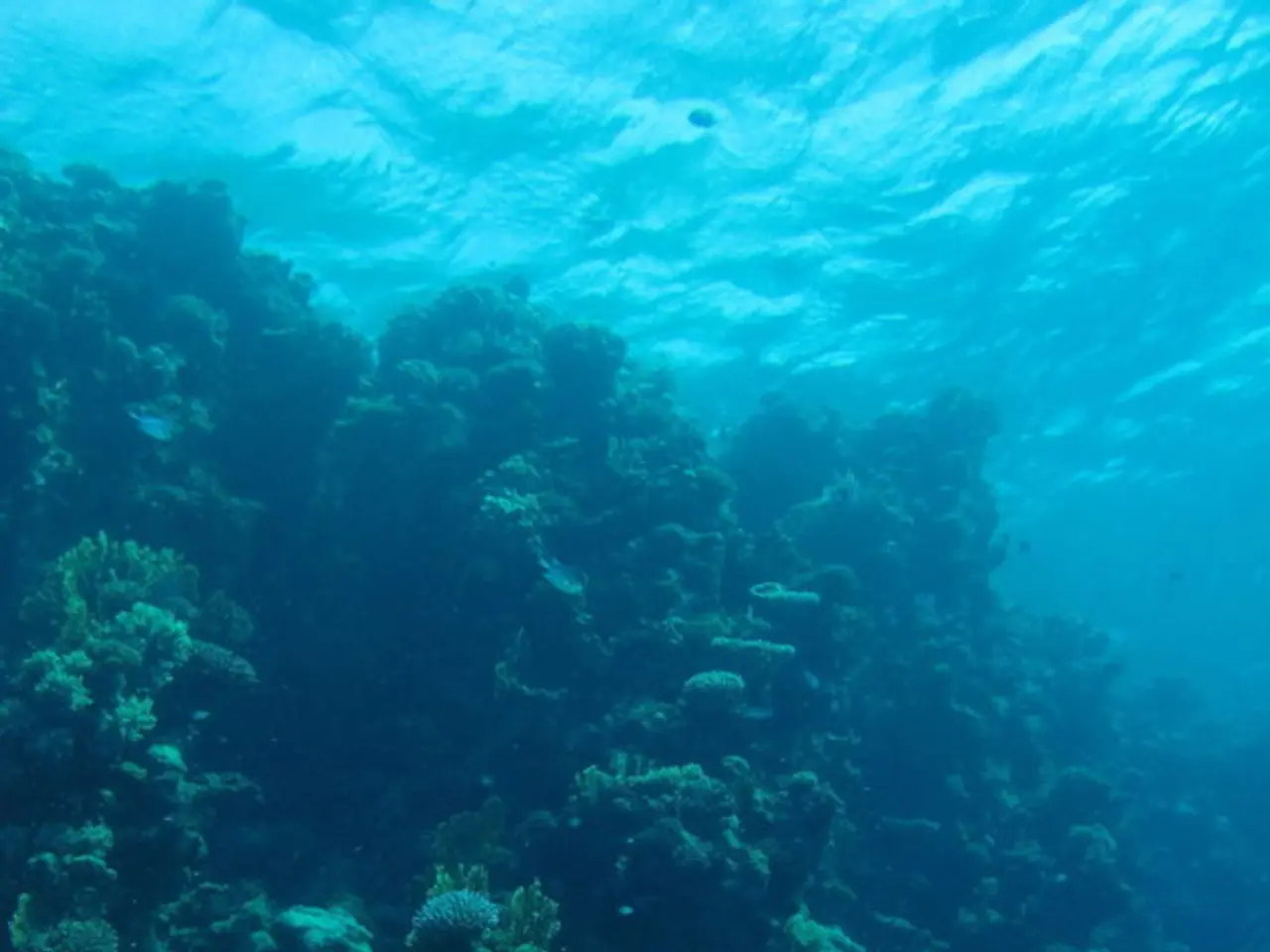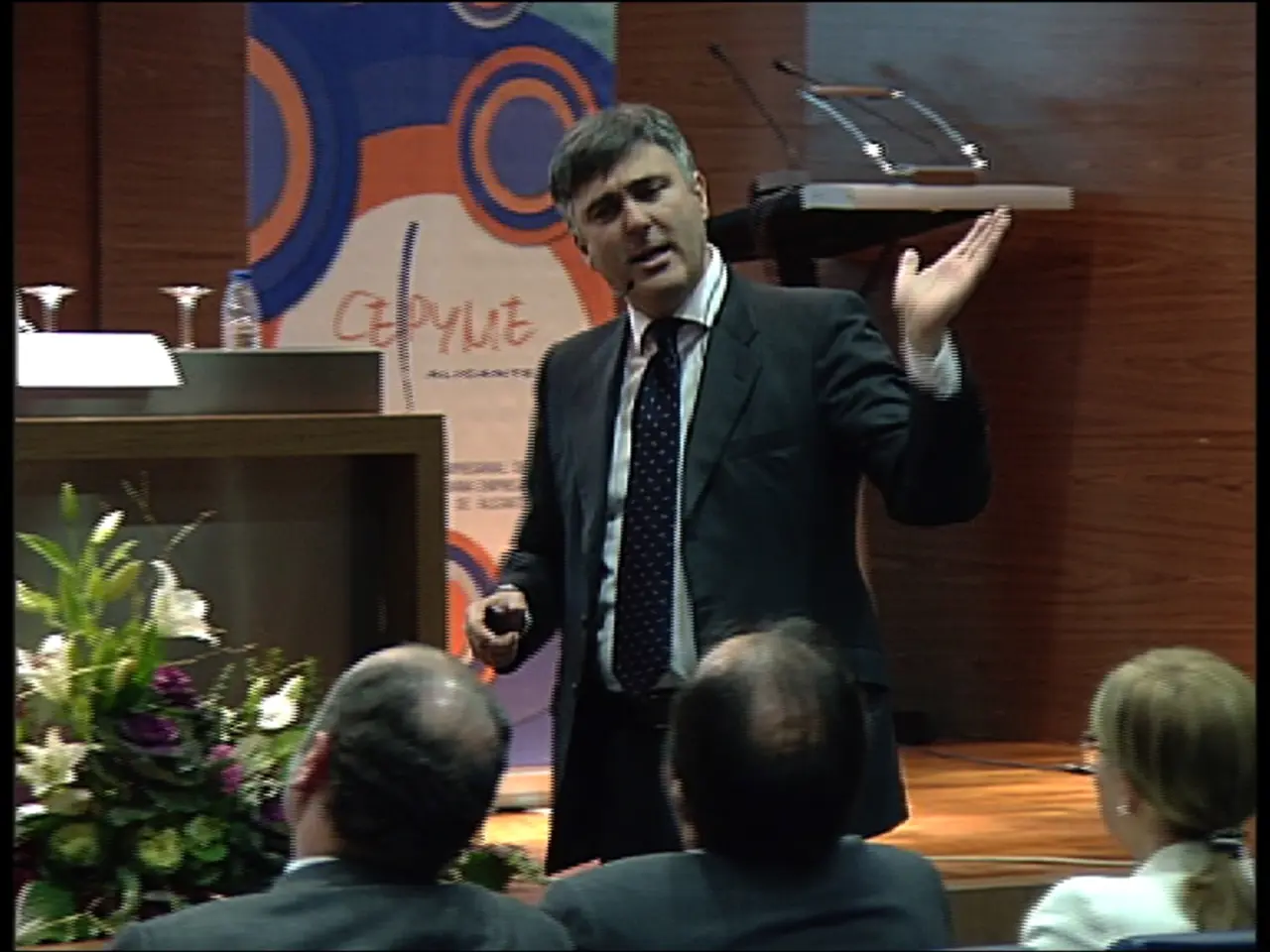Excessive ocean acidification surpasses safe global thresholds, research indicates
The current trends of ocean acidification show a critical global escalation with significant impacts on marine life. A major study published in 2025 has revealed that the world's oceans crossed a crucial planetary boundary for acidification around five years ago.
Ocean acidification is caused by excess atmospheric carbon dioxide, primarily from burning fossil fuels. The new study, led by Dr. Helen Findlay of the Plymouth Marine Laboratory in the UK, looked at the aragonite saturation state, a measure of how well seawater supports the formation of aragonite. A 20% drop in aragonite saturation, compared with preindustrial levels, is the threshold for breaching the ocean acidification planetary boundary.
The study found that by 2020, over 40% of surface ocean waters and up to 60% of waters down to 200 meters depth had crossed into the danger zone of acidification. Multiple oceanic regions, particularly polar surface waters and intermediate depths near the poles, the west coast of North America, and equatorial upwelling zones, have breached this critical threshold.
Polar regions have been most widely affected, with nearly 87% of the Southern Ocean, 84% of the North Pacific, and 78% of the Arctic Ocean surface waters having passed the safe threshold. Habitat for coral, which form crucial marine ecosystems, has shrunk by approximately 43%.
The decline in suitable habitats for key marine species has been significant, according to the researchers. For instance, habitat for polar sea snails, an essential food source for whales, fish, and seabirds, has decreased by 61%. Coastal bivalves, food and natural storm protection for coastal communities, have lost about 13% of their viable habitat.
The study emphasizes the need for policy makers to take "real action to reduce emissions" and incorporate "ocean acidification monitoring, mitigation, and adaptation in national policies." The world's oceans crossed the safe threshold for acidification in 2020, and the consequences for marine biodiversity, ecosystem services, and coastal economies are becoming increasingly apparent.
[1] Findlay, H. et al. (2025). Ocean acidification: Aragonite saturation state trends, thresholds, and the planetary boundary. *Earth's Future*, 13(1), e20241112. [2] Sarmiento, J. L. et al. (2024). Subsurface ocean acidification: A critical review. *Progress in Oceanography*, 173, 101121. [3] Hauri, E. et al. (2023). Temporal trends in ocean acidification in the Gulf of Maine. *Oceanography and Marine Biology: An Annual Review*, 55, 231-276. [4] Neff, J. C. et al. (2022). Ocean acidification in the Gulf of Maine: A review of recent trends, mechanisms, and ecological impacts. *Reviews in Fish Biology and Fisheries*, 32(4), 1003-1027.
- The current trends of ocean acidification, attributed to excess atmospheric carbon dioxide from burning fossil fuels, reveal a critical global escalation, specifically impacting marine life.
- The aragonite saturation state, a marker used in the study led by Dr. Helen Findlay in 2025, indicates that over 40% of surface ocean waters and up to 60% of waters down to 200 meters depth had crossed the threshold for acidification danger in 2020.
- The decline in suitable habitats for key marine species, such as coral, polar sea snails, and coastal bivalves, is significant, according to the researchers, with corresponding losses of approximately 43%, 61%, and 13% of their viable habitats, respectively.
- To mitigate the consequences of ocean acidification for marine biodiversity, ecosystem services, and coastal economies, the study calls for real action to reduce emissions, implementing ocean acidification monitoring, mitigation, and adaptation in national policies.




